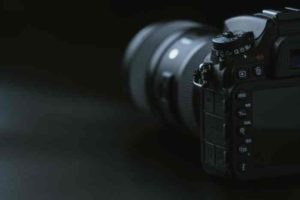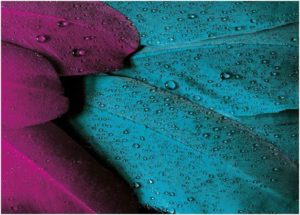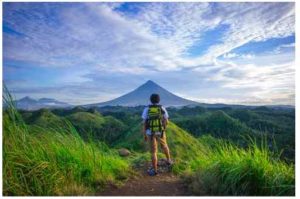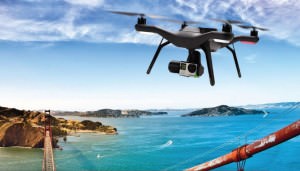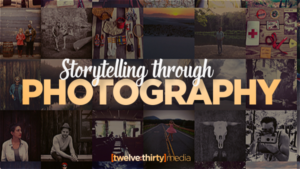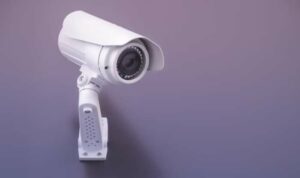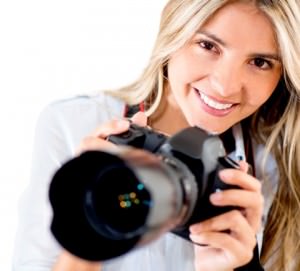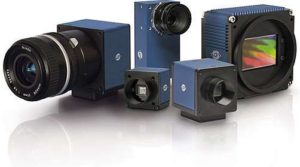3 Smartphone Camera Tips For Wildlife Photography Beginners
I won’t lie to you. If wildlife photographers haul around huge lenses of 400mm focal length and above, costing thousands of dollars, it’s because a smartphone camera won’t cut it in most wildlife photography situations. Wildlife isn’t sitting around in perfect conditions, waiting for you to take their portrait. They usually hide far away in less-than-ideal shooting conditions, requiring professional gear. But as they say, the best camera is the one you have on you, and you always have your smartphone. So here are three tips to help you get the most out of your smartphone camera.
Get To Know Your Smartphone Camera
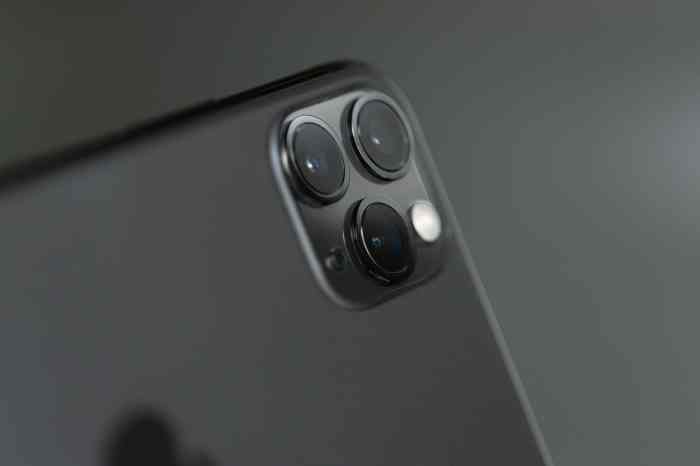
Animals don’t sit still. If you see a good photo opportunity of a bird or mammal, you usually only have seconds to act before they’ll disappear from your sight again. Knowing your smartphone camera and how to operate it blindly will save you time fiddling with features. If the option is available to you, make sure to activate a quick access button to your camera app so you can launch your camera directly from the screensaver mode.
Understand how HDR works so you can take advantage of this feature to improve your image’s shadows and highlights. Most importantly, find out how you can quickly override your camera’s auto settings to change exposure and focus. It’s often just a matter of tapping, pinching, or sliding. Animals usually appear small in your photo and hide in dark spots. Quickly changing exposure and focus will help you “bring the subject out” in the picture.
Finally, activating burst mode will enable you to shoot a quick succession of photos, improving your odds of having at least one good shot.
Pay Attention To The Light
Smartphone cameras are far from being on par with DSLR cameras when it comes to low light conditions. And that makes wildlife photography tricky. Animals usually hide in dark places and come out at dawn or dusk, resulting in muddy and unsharp images. Understand this limitation of your camera.
Wait until your subject enters a better lit spot and snap away. Turn around your subject to find better light if that’s available to you. And go out for wildlife photography later in the morning or earlier in the afternoon to get better light conditions. Filling the light in your photo with a flash might work with insects. Other animals will just run away from it, leaving you with a picture of a scared animal’s butt.
Take Care of Your Composition
Good composition elevates your photography from the rest of the smartphone snapping crowd. Try to frame the animal in a nice scene with a carefully arranged foreground and background. A darker background without disturbing elements will make your animal subject pop out more. A thoughtfully placed foreground element will bring depth to your shot. Framing your subject in its natural environment will add story to your photograph.
There are so many directions you can take with composition. I recommend reading up about it or watching YouTube videos about the subject to learn all the composition tricks you can apply to enhance your image. Look up Nigel Danson’s channel. He’s a master of composition and an excellent teacher. Or browse stock footage marketplaces to learn from other photographers’ work. Good luck and be respectful of the wildlife you encounter. We don’t have much of it left.
